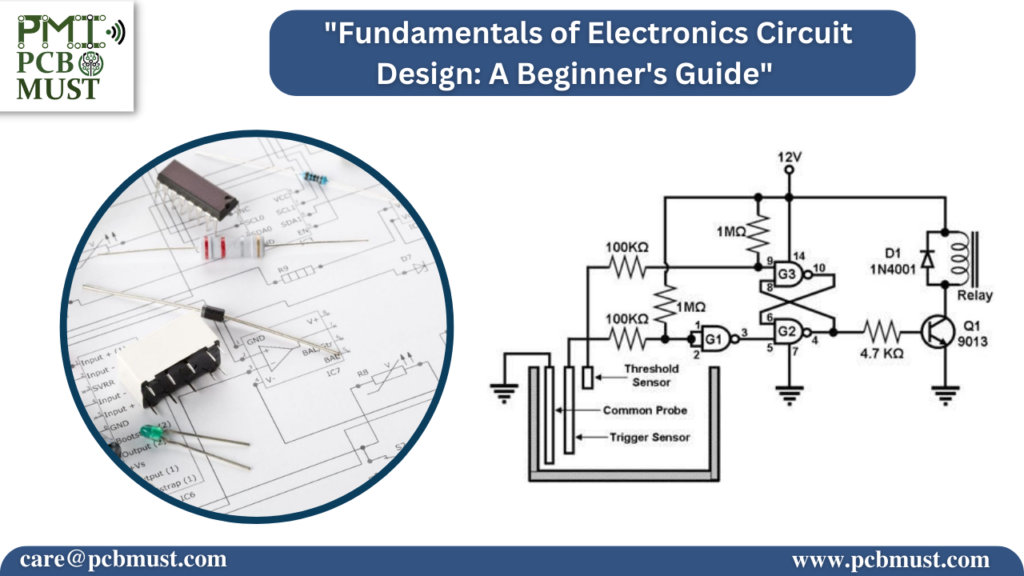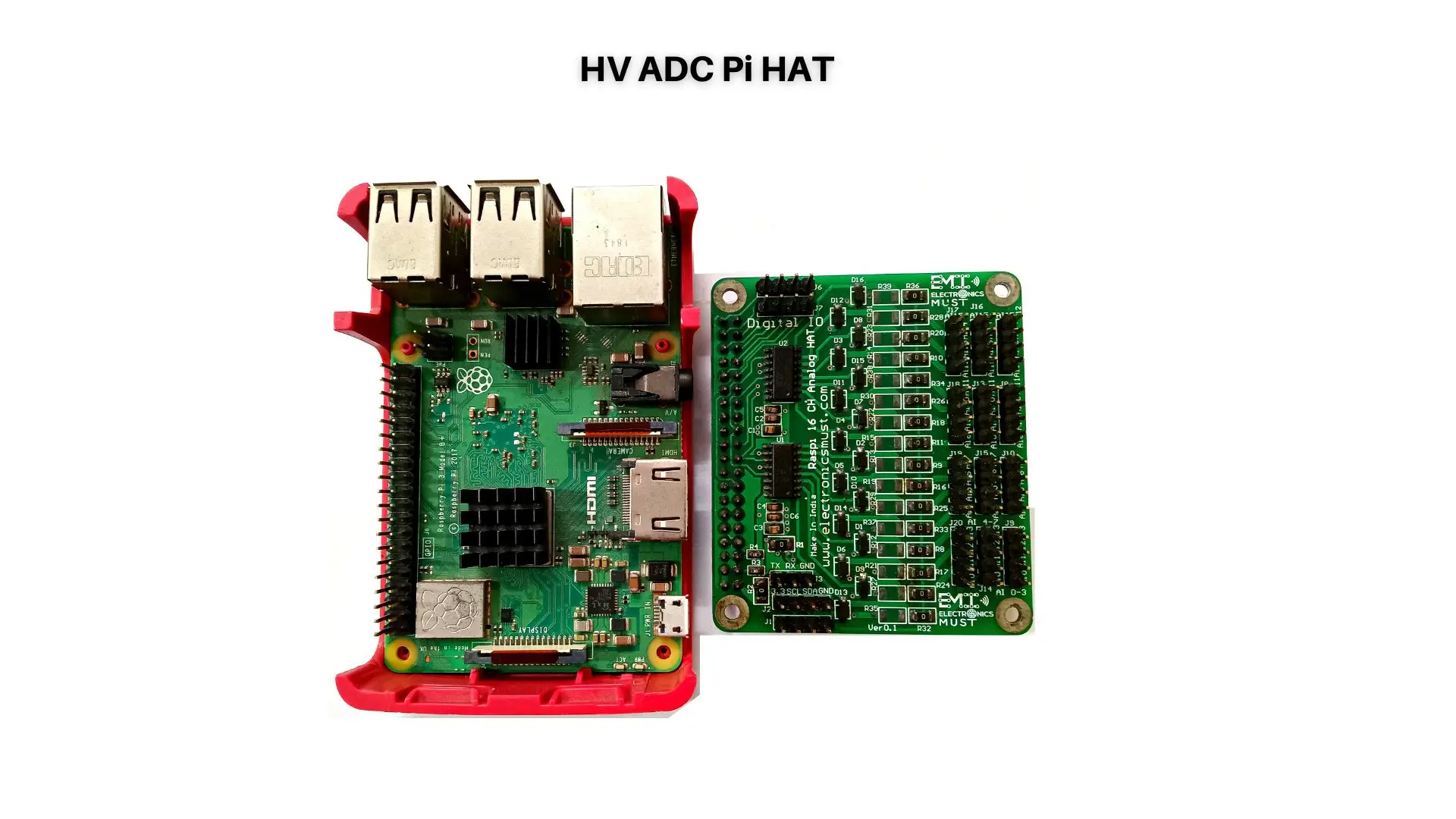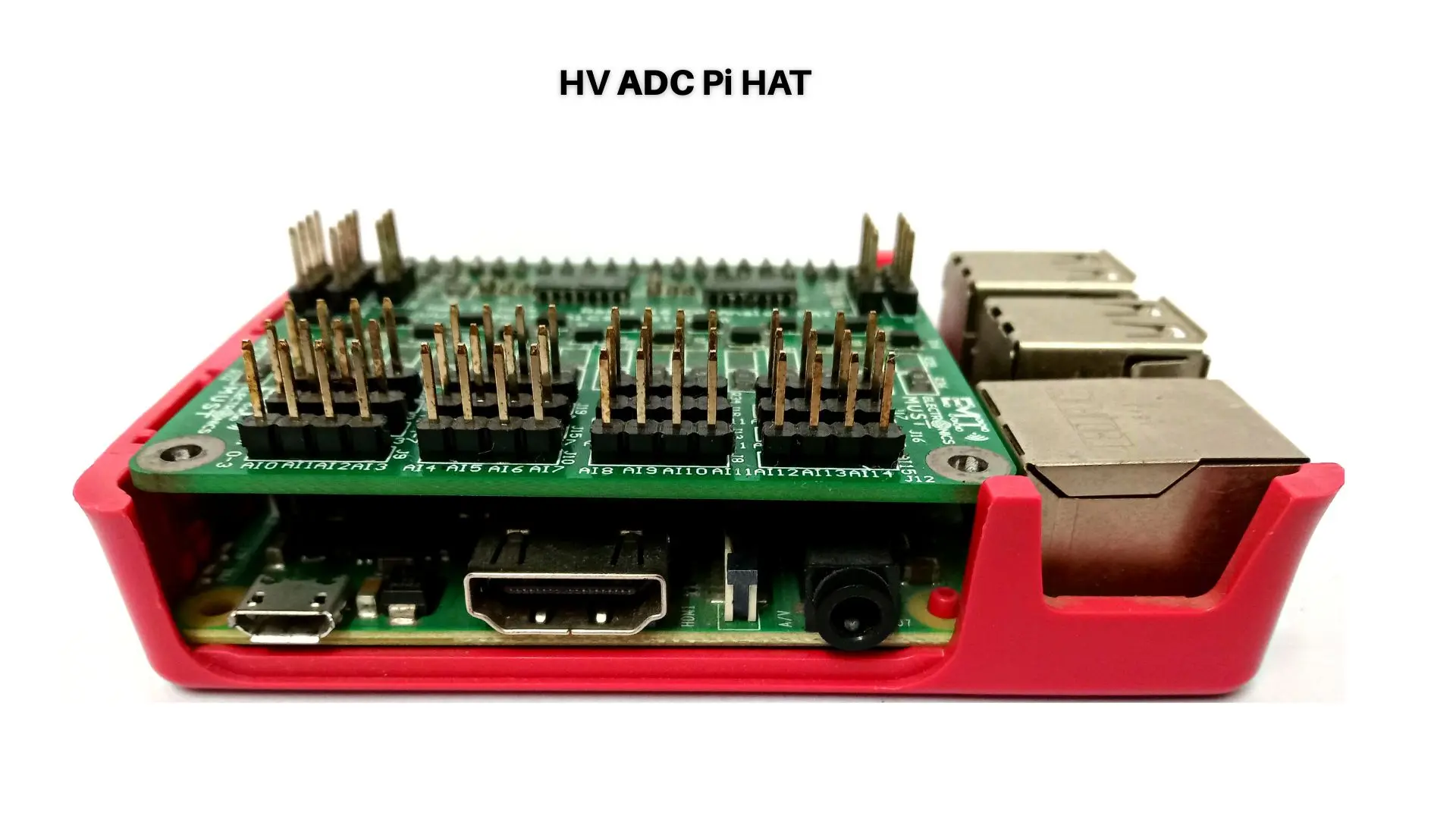Introduction:
The heartbeat of our modern world resides within the intricate dance of electrons, guided by circuits that power our devices, communication networks, and industries. From the smartphone in your pocket to the advanced medical equipment saving lives, electronics circuit design forms the foundation of technological innovation. As a beginner eager to explore this captivating realm, understanding the fundamentals is your passport to joining the league of circuit architects. This comprehensive guide will not only introduce you to the core concepts of electronics circuit design but also illuminate its benefits, delve into essential factors to consider, and ultimately inspire you to embark on a journey of creative exploration.
Benefits of Learning Electronics Circuit Design:
1. A Gateway to Creativity and Innovation: At the heart of circuit design lies an avenue for creativity. This artistry allows you to translate abstract ideas into tangible circuits that power devices and systems. The exhilaration of seeing your concepts come to life serves as a driving force for continuous innovation.
2. Cultivation of Problem-Solving Prowess: Electronics circuit design is a puzzle-solving adventure. From optimizing power efficiency to eliminating signal interference, every design presents unique challenges. By navigating through these intricacies, you’ll hone your problem-solving skills, equipping yourself for challenges in diverse domains.
3.Empowerment Through Understanding:Imagine possessing the knowledge to unravel the mysteries of complex gadgets. Learning circuit design empowers you to comprehend the inner workings of electronics, enabling you to modify and adapt existing devices or even create entirely new ones that cater to your specific needs.
4. Gateway to Lucrative Career Paths: In a world increasingly reliant on technology, the demand for skilled circuit designers is on the rise. Whether you’re inclined towards electronics engineering, product development, or research, a strong grasp of circuit design can open doors to an array of fulfilling career opportunities.
5. Embark on Personal Ventures: The beauty of circuit design lies in its versatility. Whether your interest lies in home automation, robotics, wearable technology, or sustainable energy solutions, a solid understanding of circuitry arms you with the tools to transform your ideas into reality.
Other Factors to Consider:
1. Demystifying Basic Components and Their Functions: Start your journey by acquainting yourself with the essential building blocks of electronics: resistors, capacitors, diodes, and transistors. Learn not only what they are but also how they interact within circuits to achieve specific outcomes.
2. Unleashing the Power of Ohm’s Law: The bedrock principle of circuit design is Ohm’s Law, which ties voltage, current, and resistance together. By mastering this principle, you gain a profound understanding of the dynamics within circuits, enabling you to manipulate and optimize their behavior.
3. Interpreting Schematic Diagrams: Schematic diagrams are the visual language of circuit design. These blueprints depict the arrangement and interconnection of components within a circuit. Developing the ability to read and create schematics is an indispensable skill for any circuit designer.
4.Navigating Voltage and Current Sources: Delve into the world of voltage and current sources, grasping their differences and applications. Explore various battery technologies, power supplies, and their role in sustaining electronic systems. Learning to select appropriate sources for your designs is crucial for achieving desired functionality.
5.From Concept to Reality: Prototyping and Rigorous Testing:Transitioning from theory to practice involves prototyping and rigorous testing. Develop the skill of constructing physical circuits based on your designs. Embrace the iterative process of testing, identifying glitches, and refining your circuits to achieve optimal performance.
6.Safety and Reliability as Cornerstones: Safety should be paramount in any electronics endeavor. Understand the importance of proper grounding, insulation, and precautions, particularly when working with high-voltage circuits. By prioritizing safety, you create an environment conducive to learning and experimentation.
7. Harnessing Simulation Tools for Precision: Modern circuit design is elevated by simulation tools that allow you to model, test, and validate circuits virtually. Explore software solutions that facilitate predicting circuit behavior, troubleshooting issues, and fine-tuning designs before embarking on physical implementation.
Conclusion:
Embarking on the journey of electronics circuit design is akin to stepping into an expansive universe where creativity meets technology. As a beginner, you’re taking your first strides into a domain that bridges theory and application, offering a world of exploration, learning, and innovation. The benefits are profound, ranging from honing problem-solving skills to accessing boundless career opportunities.
However, this journey is not without its challenges. It demands patience, perseverance, and a willingness to learn from both successes and failures. Every electronic marvel you encounter, from everyday devices to cutting-edge technology, is a testament to the power of circuit design.
By mastering the fundamentals of electronics circuit design, you’re joining a global community of thinkers, tinkerers, and creators. So, seize the opportunity, confront challenges with enthusiasm, and embark on a journey that promises both personal growth and technological advancement. The potential is limitless, the rewards are transformative, and the adventure has just begun. As you dive into the world of circuit design, remember that innovation flows where electrons dance, guided by the ingenious designs you’re about to craft.






